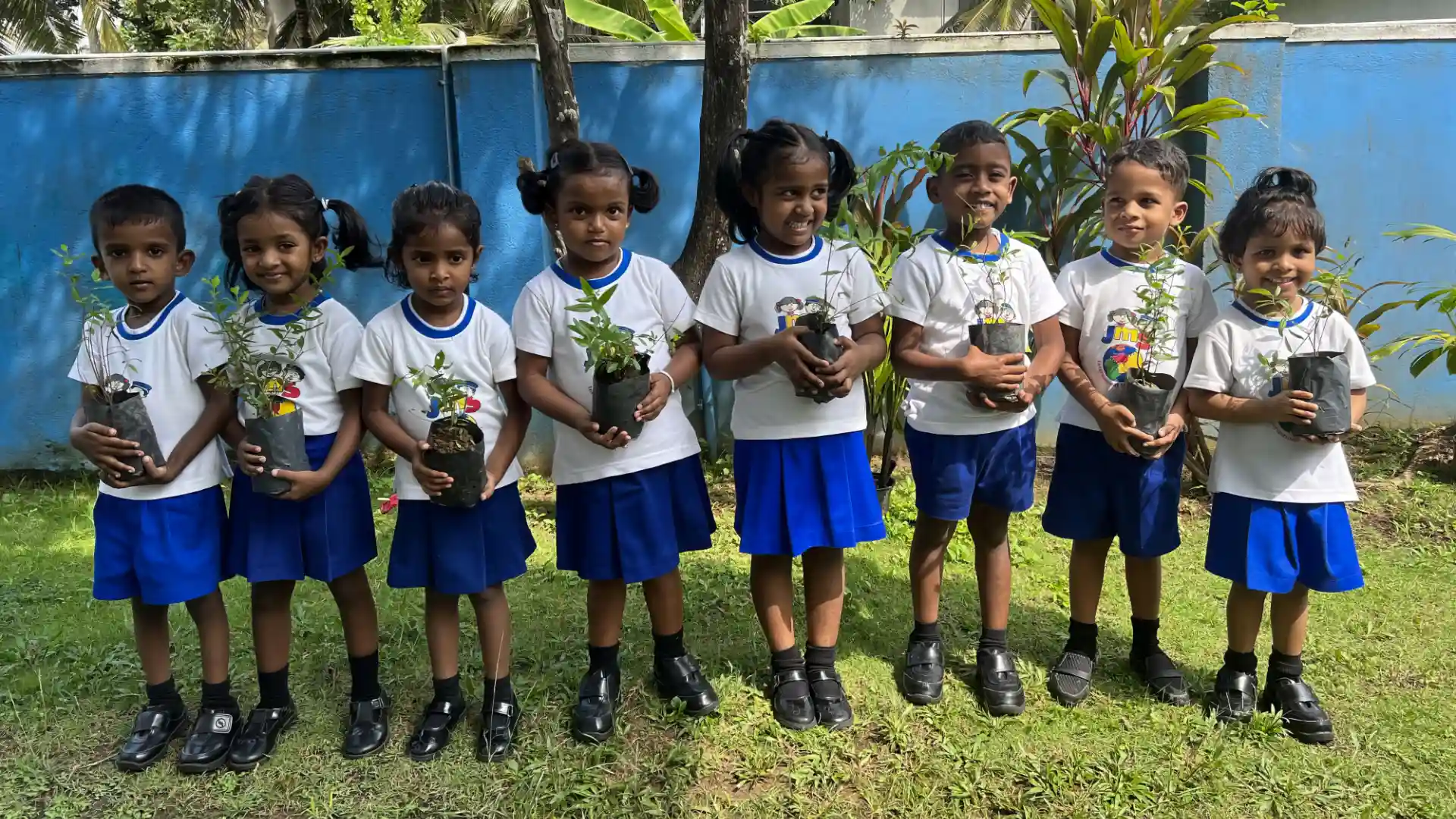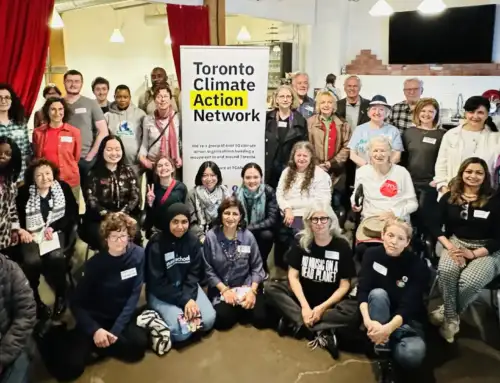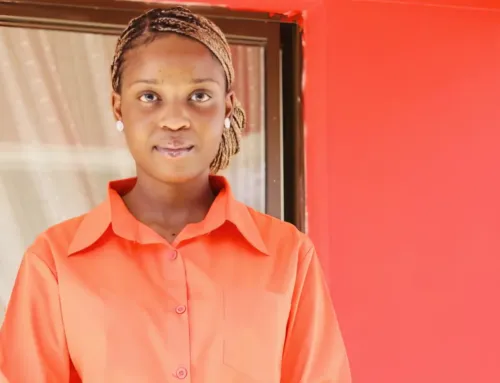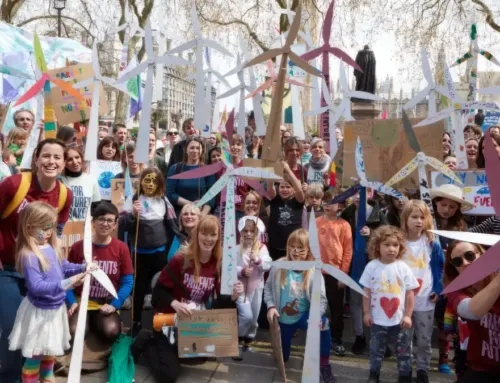STORIES
Senarath Dewage:
Tackling air pollution in Sri Lanka
Senarath Dewage, a software developer, made the connection between air pollution and health when he witnessed his 7 month old daughter struggling to breathe a few weeks after moving back to Sri Lanka from New Zealand. Now his 8 year old daughter is his loudest cheerleader when he, along with his friends of the My Trees Earth Foundation, talk to local communities about climate change and air pollution. He received an Our Kids’ Climate Intergenerational Climate Microgrant in 2023 for his work on air pollution.
I’m from Negombo (Western Sri Lanka) and through my childhood and growing years, I suffered from asthma attacks every now and then. I didn’t think much about them till I moved to New Zealand when I was 30. There, I found that I was 100% alright – with no incidents of asthma at all. That was when I first connected the dots between air pollution and respiratory illnesses. I moved back to Sri Lanka in 2016 when my daughter was about 7 months old. Within a week of our arrival, my child who had experienced no breathing difficulty earlier fell ill. That was when my wife and I had our first conversation about air quality, its effects and what we could do to ensure a healthier future for our child and other children. It took us a while to begin though, and it was only after the covid lockdown that we started speaking with other parents in our community.
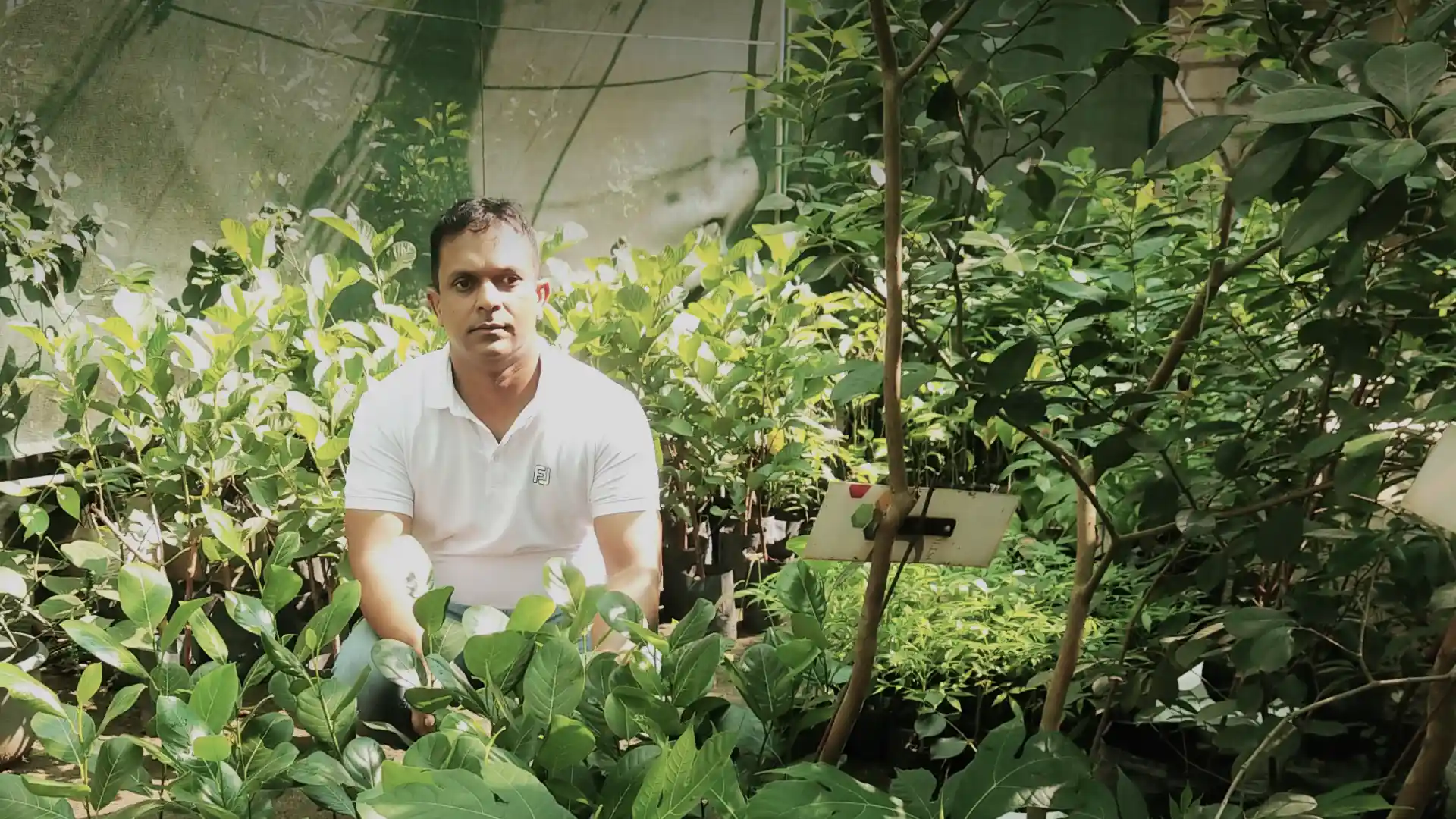
Negombo is an area with many factories and that is why we have such poor air quality. We have also seen a huge loss of our green cover. Land is now being sold in smaller plot sizes and all the trees are cleared for construction activities. Our main goal is to plant trees and bring back our mini forests. In 2022, my friends and I started the My Trees Earth Foundation. We go to schools and speak to their student and parent community about the value of planting and looking after trees. We also talk about the air quality, what poor air does to our health and how we can work towards bringing back clean air.
Once we started talking to the student and parent community at schools, they also began correlating air quality with health and started to participate in our programs. Our next step was to get to know the sports teams and other local clubs and ask them to join us in a day of tree planting. We choose parks and playgrounds where there aren’t any trees and plant saplings around the boundaries. We check with local authorities to make sure that the land will not be used for anything else in the future and that our trees will not be cut down. We plant only indigenous trees and are thinking of planting many varieties of fruit trees in the future.
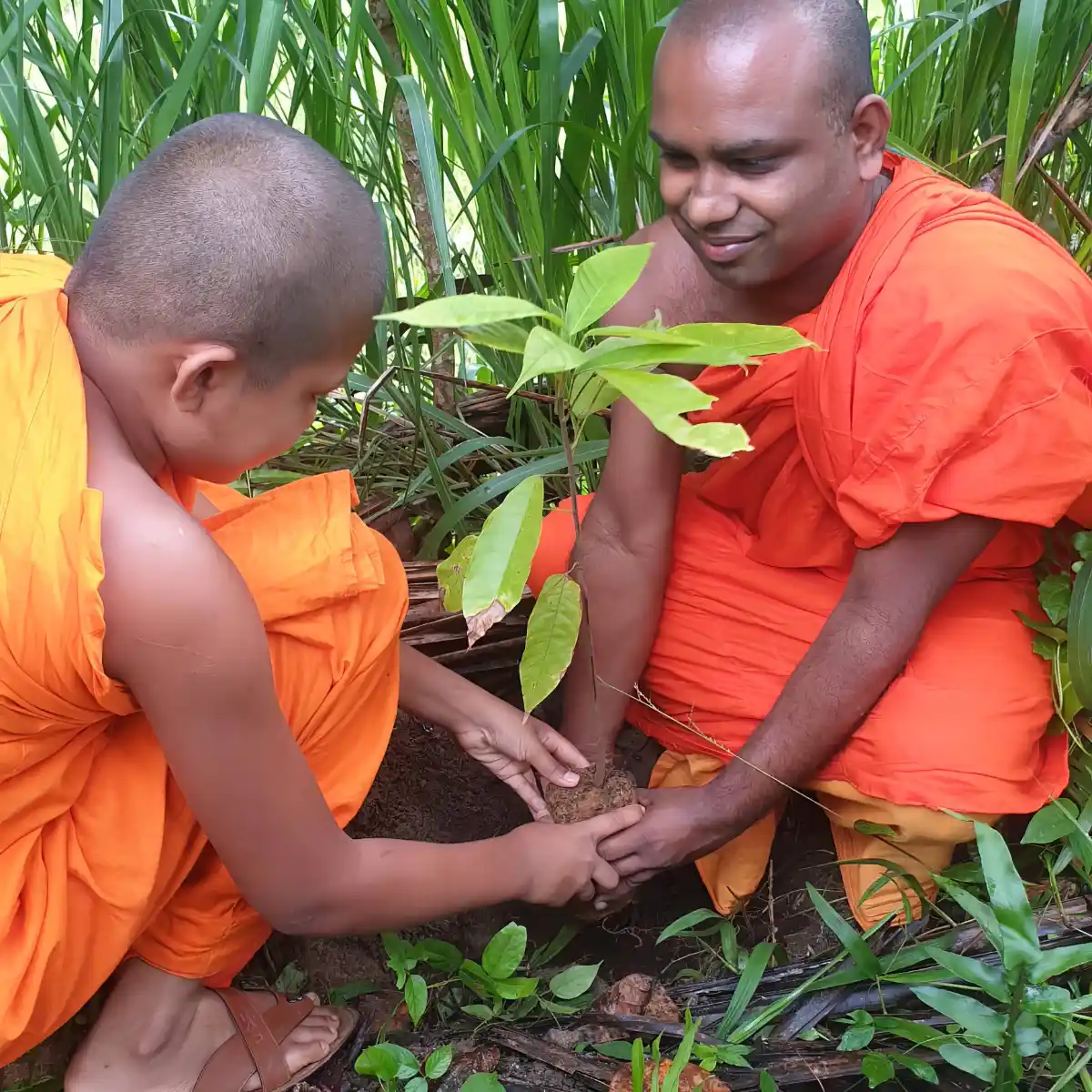
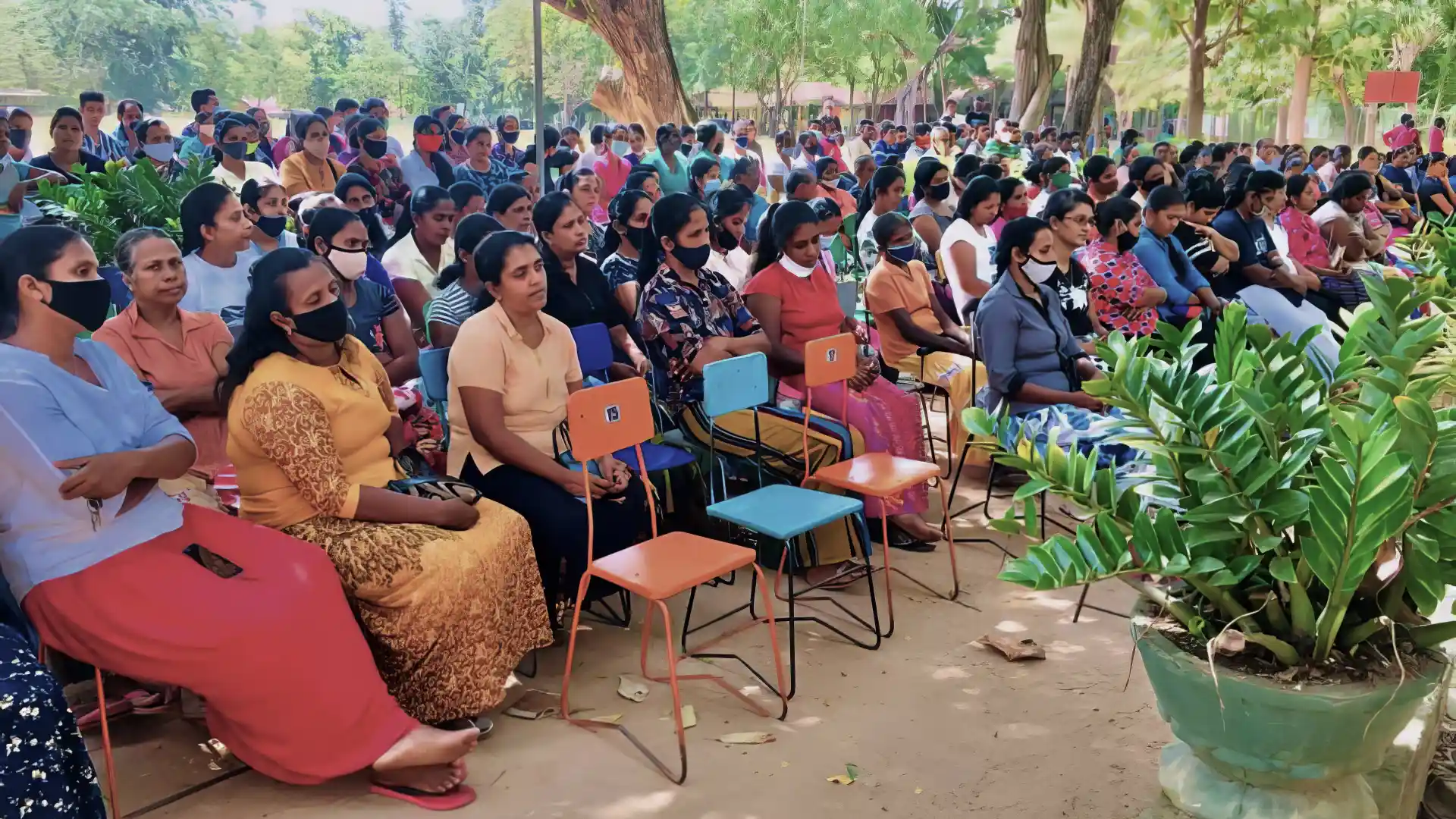
We also go to villages within our area – we talk with residents there about climate change, we survey the area and together with the village’s participation, plant trees there too.
Right now, our group has grown to include 14 people – we have a WhatsApp group and all of us are fairly active. Our children play together so it’s easy for us to meet and discuss our plans. The other kids also fall ill from time to time but none of them are as severely affected by the air as my daughter. Our doctor has advised us to ensure she is masked when she’s out – especially in places where she could be exposed to factory smoke and dust. The best thing for her health would be for us to move away from here, so that is something we are thinking of too.

We also go to villages within our area – we talk with residents there about climate change, we survey the area and together with the village’s participation, plant trees there too.
Right now, our group has grown to include 14 people – we have a WhatsApp group and all of us are fairly active. Our children play together so it’s easy for us to meet and discuss our plans. The other kids also fall ill from time to time but none of them are as severely affected by the air as my daughter. Our doctor has advised us to ensure she is masked when she’s out – especially in places where she could be exposed to factory smoke and dust. The best thing for her health would be for us to move away from here, so that is something we are thinking of too.
Over the past three years, it’s been wonderful to see the trees that we’ve planted grow. We all recognise that this is slow work, that it will take time and that we need to be patient. It isn’t easy to get permission to speak with schools, local officials, and government officers. The response from the local community has been very encouraging – we have been successful in persuading schools, churches, temples to grow trees on their own land. Over the past 2 years we have planted almost two hundred thousand trees, including mangroves and fruit trees.
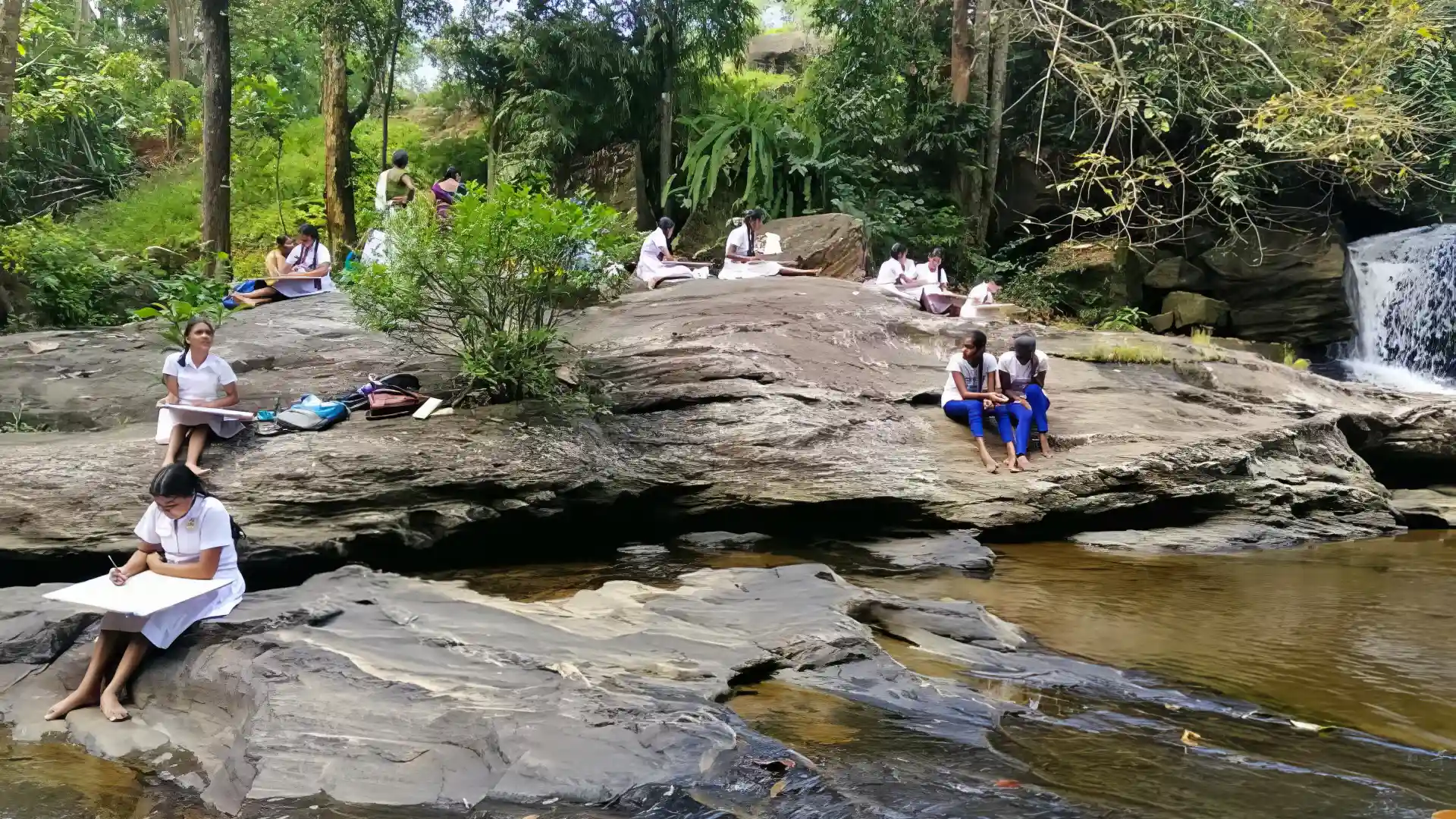
We are thinking about how we can be more targeted and focused in our approach – we’d like to develop an app that is accessible to everyone, through which the local community can monitor the air quality and see the progress that has been made with the tree planting. We’d also like to take our awareness building further – the more we arm ourselves with knowledge and begin a conversation, the better our chances of coming up with viable solutions.
When we hear back from the groups we’ve worked with, when we check in on them and see our trees grow, we feel a deep sense of satisfaction. My daughter is so proud of what I’m doing – she loves it when we go to her school to talk about the environment – she tells all her friends about it. When I see how happy this work makes her, I feel inspired to do more.

